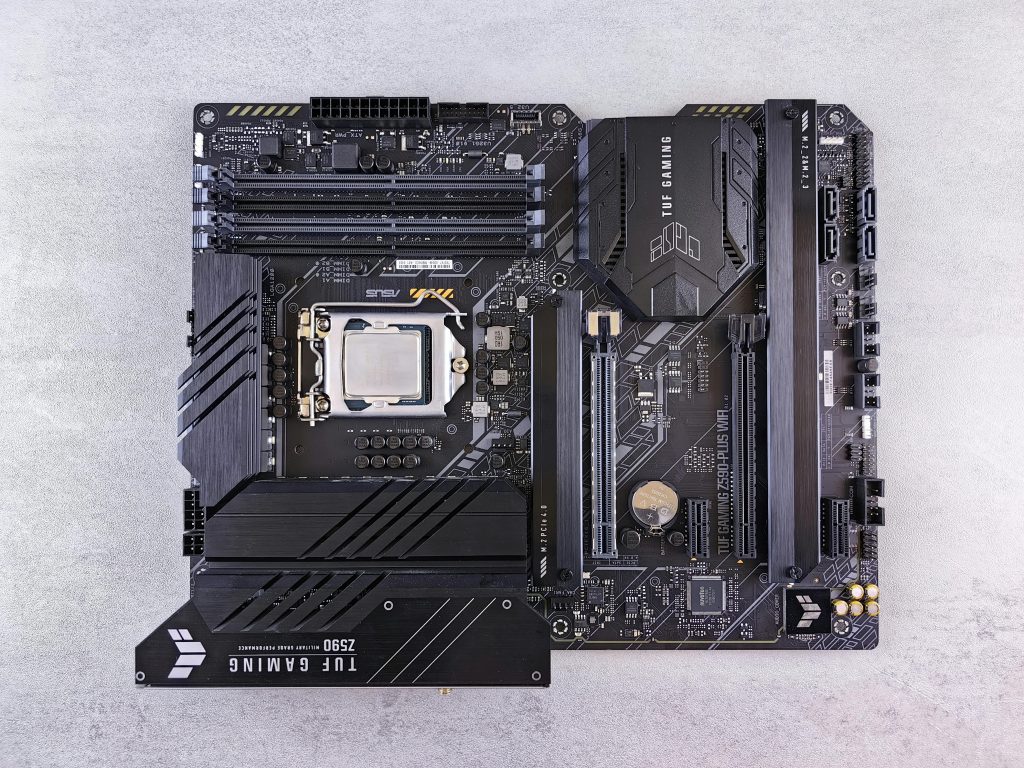Simplifying PC Assembly: Understanding the Power Distribution Unit for Streamlined Building
Building a custom computer can be an exciting yet complex process, especially for newcomers. One of the most common challenges is managing power connections efficiently, which can significantly streamline the assembly process and improve overall system reliability.
Identifying the Key Component for Easier PC Building
During a recent hardware collection, I came across an assortment of computer parts inherited from a previous builder. Among the items, there was a particular component that was not part of the inheritance; someone had previously mentioned it as a tool that simplifies the process of connecting all components to power.
Describing the item, it appeared as a long, rectangular bar—a device designed to facilitate power management during PC assembly. This led me to wonder: what exactly is this component, and is it a worthwhile investment?
What Is a Power Distribution Unit (Power Rail or Power Bridge)?
In the context of PC building, the device in question could be a Power Distribution Unit, Power Rail, or Power Bridge, designed to aggregate multiple power connectors into a single interface. Such components enable a more organized and efficient way to connect power cables from the power supply to various components like motherboard, graphics card, storage devices, and peripherals.
Benefits of Using a Power Distribution Tool
- Organized Cabling: Reduces cable clutter within the case, making airflow management easier.
- Ease of Assembly: Simplifies the process of connecting multiple power cables, especially for systems with numerous components.
- Time Savings: Accelerates assembly and troubleshooting by providing a centralized point for power connections.
- Enhanced Aesthetics: Leads to a cleaner build, which can be important for showcase builds or enthusiasts.
Are These Devices Worth Purchasing?
The value of a power distribution device depends on your specific needs and the complexity of your build. For beginner builders, such a tool can significantly ease assembly, reduce frustration, and produce a cleaner setup. For experienced builders, it might be a matter of preference or for maintaining neatness in high-performance or professional builds.
Final Thoughts
If you frequently build or upgrade PCs, investing in a power distribution solution could be beneficial. It’s worth researching options compatible with your power supply and case dimensions, and reading user reviews to ensure quality and ease of use.
Conclusion
Understanding and utilizing specialized components like power distribution tools can make the process of building a PC more manageable and efficient. Whether you’re a novice or a
Share this content:



